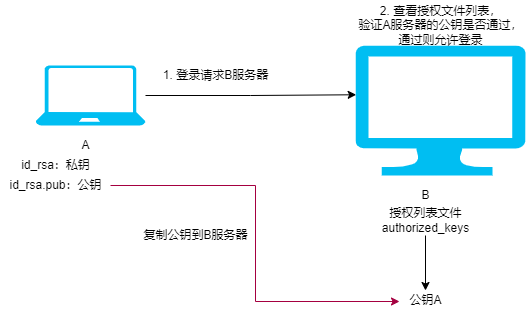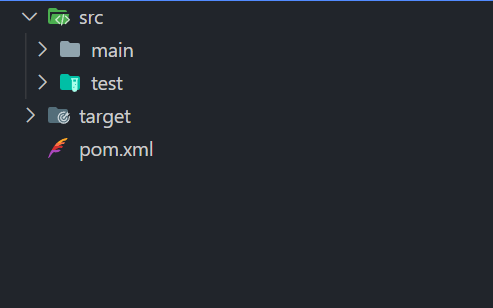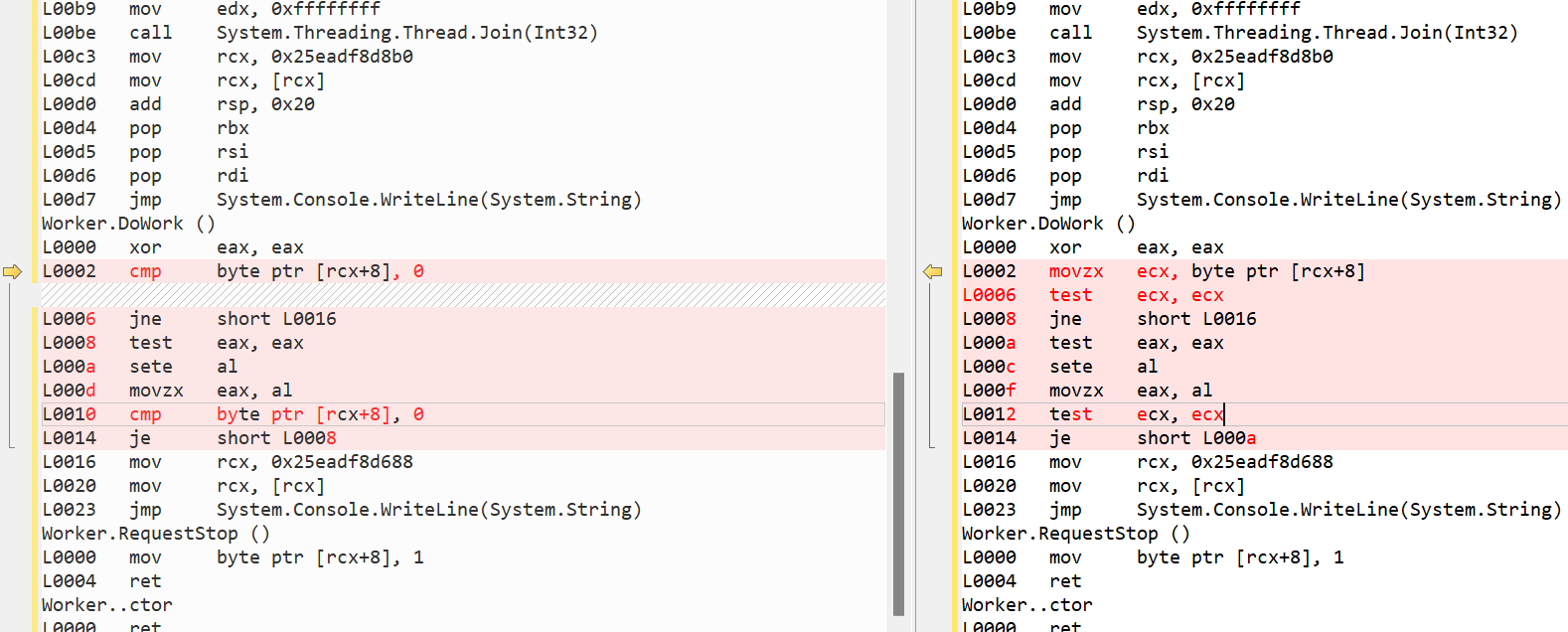扩展方法
如果想要对现有的类添加新的方法,但是又不太可能去修改原有类的时候,我们就可以通过扩展方法进行扩展(当然,也有其他的方式可以达到目的),java原生是不支持扩展方法的,熟悉其他语言的同学可能知道,例如:C#、go、kotlin等都是原生支持扩展方法的,那如果想在java中也要实现扩展方法,比如:“hello world”.print();实现 这样的功能,该如何做呢?
Manifold介绍
Manifold是一个java的编译插件,其中包含了很多的功能,其中扩展方法就是其中之一,更多的功能介绍可以参考官网以及源代码
接下来我们简单地通过代码的方式看看manifold是如何实现扩展方法的。
- 首先,添加依赖,参考pom.xml文件如下
1 |
|
- 定义一个类,例如:StringExtension
1 | package extensions.java.lang.String; |
特别说明下:扩展的包的定义是有一定的限制,所有的扩展类必须是在extensions包下面定义,后面加上要扩展的类的包,例如上代码:extensions.java.lang.String,在java9以及后续的版本中,我们还可以加上自己的模块名称,比如:com.test,那么扩展的包名就可以是:com.test.extensions.java.lang.String,在java8中extensions必须是根。
扩展方法所在的类必须添加@Extension注解,扩展方法必须是静态的公共方法,而且第一个参数为:@This+扩展的类型+参数名称,如果是静态的扩展方法那么需要在静态方法上面加@Extension注解,参数不再需要@This 进行限定,定义完成之后我们可以通过如下的方式进行调用了
1 | "hello world".print(); |
当然,为了更棒的体验,还是要在idea中装一个插件Manifold

其他类型扩展
比如,我想针对Iterable
1 | package extensions.java.lang.Iterable; |
1 | List<String> list = new ArrayList<>(); |
Manifold已经为我们提供了一些扩展
Collections
定义在manifold-io模块中,扩展了以下的类
- java.io.BufferedReader
- java.io.File
- java.io.InputStream
- java.io.OutputStream
- java.io.Reader
- java.io.Writer
Text
定义在manifold-text模块中,扩展了以下的类
- java.lang.CharSequence
- java.lang.String
I/O
定义在manifold-io模块中,扩展了以下的类
- java.io.BufferedReader
- java.io.File
- java.io.InputStream
- java.io.OutputStream
- java.io.Reader
- java.io.Writer
Web/JSON
定义在manifold-json模块中,扩展了以下的类
- java.net.URL
- manifold.rt.api.Bindings
我们也可以将自己的扩展以包的形式提供出去,具体注意事项可以参考官方的文档。




